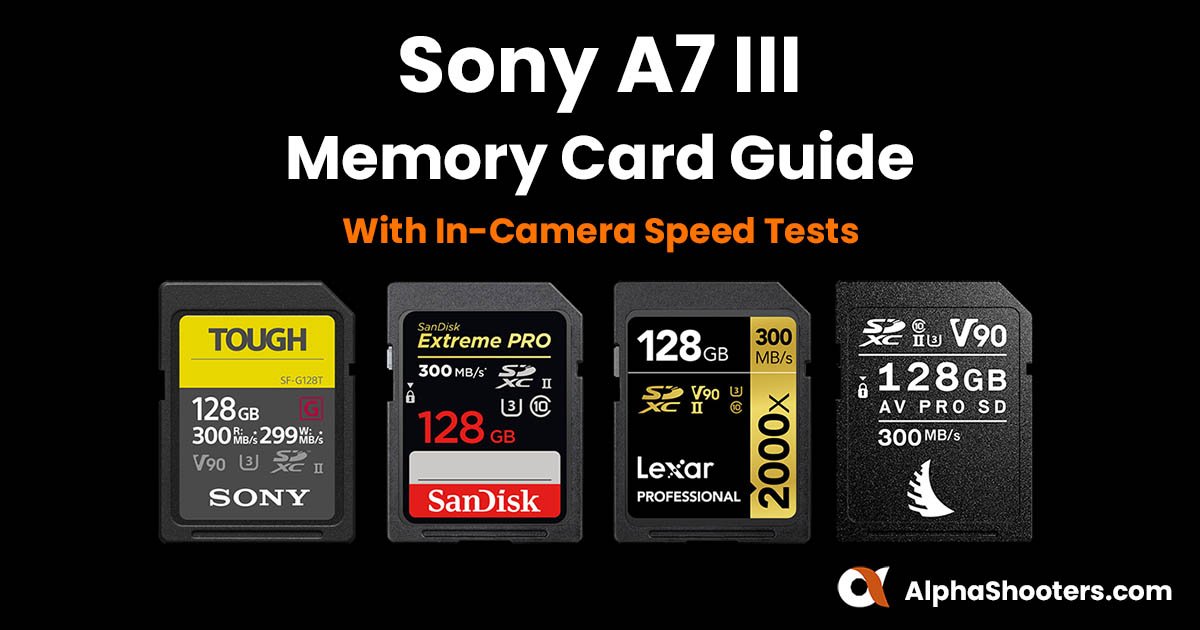Dimdev
Newcomer
- Followers
- 0
- Following
- 0
- Joined
- Jul 27, 2023
- Posts
- 1
- Likes Received
- 0
- Name
- Dimitris dev
Hi guys !
i am a new member and totally a rookie. last 3 years i came in the world of backstage Video as my wife is a professional photographer on fashion world.
In about a week i will receive a new Sony A7iii. My first camera ! Few times i used my wife’s camera and i found out that i need to have mine.
I would like to find out the difference on a memory card SDXC 128GB 200mb and 300mb speed.
Price is like 4 times bigger of 300mb and i think there is a reason behind this.
thank you
i am a new member and totally a rookie. last 3 years i came in the world of backstage Video as my wife is a professional photographer on fashion world.
In about a week i will receive a new Sony A7iii. My first camera ! Few times i used my wife’s camera and i found out that i need to have mine.
I would like to find out the difference on a memory card SDXC 128GB 200mb and 300mb speed.
Price is like 4 times bigger of 300mb and i think there is a reason behind this.
thank you


